Irrigation schemes for pastures
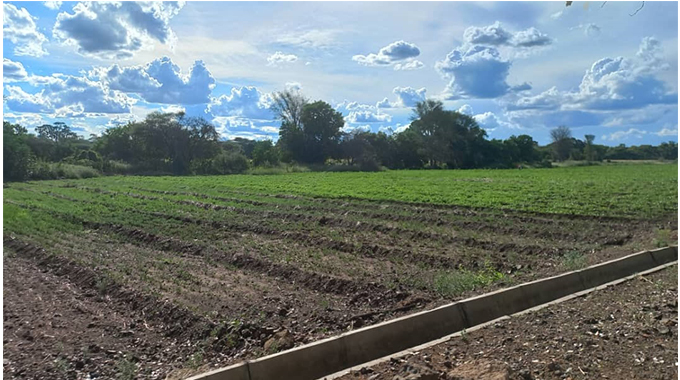
Sukulwenkosi Dube-Matutu, Matabeleland South Bureau Chief
FIVE irrigation schemes in Matabeleland South province are earmarked for pasture irrigation development as part of the Government’s Livestock Recovery Plan, which seeks to grow the national herd through ensuring that farmers have access to nutritious supplementary feed for their livestock during the dry season.
The Livestock Growth Plan is part of the Agriculture and Food Systems Transformation Strategy, which is expected to turn agriculture into an US$10 billion industry by 2025 thereby contributing towards the achievement of Vision 2030.
Pasture development in the province will augment fodder production by farmers at small irrigation schemes and gardens across the province.
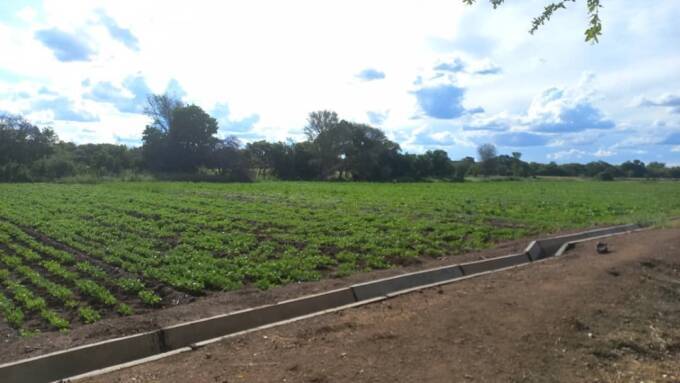
Sebasa irrigation scheme
In an interview acting provincial director of agricultural rural development and advisory services for Matabeleland South, Mr Mkhunjulelwa Ndlovu said they will soon start their hay bailing programme in the province to ensure that farmers have access to affordable and nutritional supplementary feeding for their animals.
“We have embarked on pasture development drive where we are targeting the southern parts of Gwanda, Matobo, Beitbridge and Mangwe which have poor pastures. Preparations are underway to get this project started,” he said.
Mr Ndlovu said they have identified Sebasa, Mankonkoni, Rustlers, Mkologwe and Mambale irrigation schemes for pastures irrigation.
“We have started engaging farmers and developmental partners in order to expedite this programme. We will open land at these irrigation schemes and then increase water supply so that we can grow pastures,” he said.
Mr Ndlovu said the programme will support the Presidential Livestock Scheme.
He urged farmers that have received fodder legume seeds under the Presidential Livestock Scheme to put more land under fodder production saying all arable land has to be put to good use.
Mr Ndlovu said fodder production which was mostly confined to small irrigation schemes will also be extended to major schemes.
He said farmers can irrigate various fodder legumes such as lab lab, velvet, lusen and sun hem which they can irrigate and bail for use or sell to other farmers.
Mr Ndlovu said fodder production is suitable for dry areas as it requires little water.
“Our thrust is to push fodder production at big irrigation schemes across the province. Our target is to have as much land as possible under fodder production so that farmers can support their animals during the dry season instead of relying on crop residue which has low nutrients,” he said.
Mr Ndlovu said under the Presidential Livestock Scheme farmers are receiving legume seeds, forage sorghum and fertiliser.
He said farmers have also been trained on fodder production.
Mr Ndlovu said the province can prevent a lot of poverty deaths through fodder production.
In 2021 President Mnangagwa launched the Presidential Livestock Scheme as part of efforts to grow the livestock sub sector.
Under the scheme farmers are receiving legume seeds, fertilisers and forage sorghum among other inputs.
According to the Livestock Growth Plan, beef production is expected to grow from 50 000 tonnes to 90 000 tonnes per year.
The transformation of the livestock sector through the Livestock Growth Plan is premised on improved animal nutrition and the development of pastures. Distribution of inputs under the Presidential Livestock Scheme is underway as the Ministry of Lands, Agriculture, Fisheries and Rural Development intensifies the creation of forage banks for improved animal nutrition in the southern drier regions of the country. – @DubeMatutu

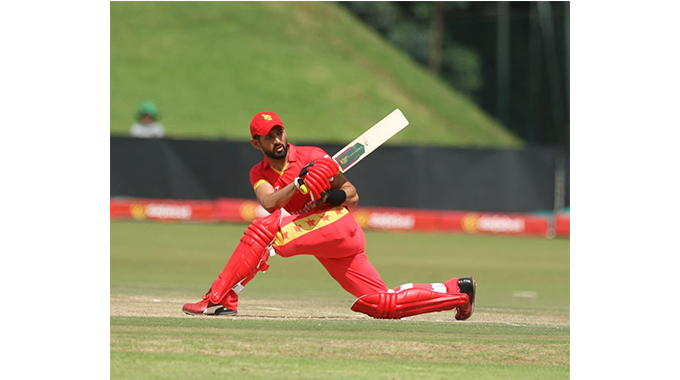

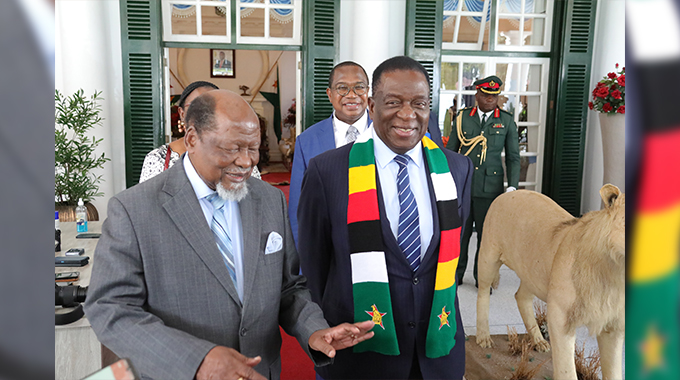
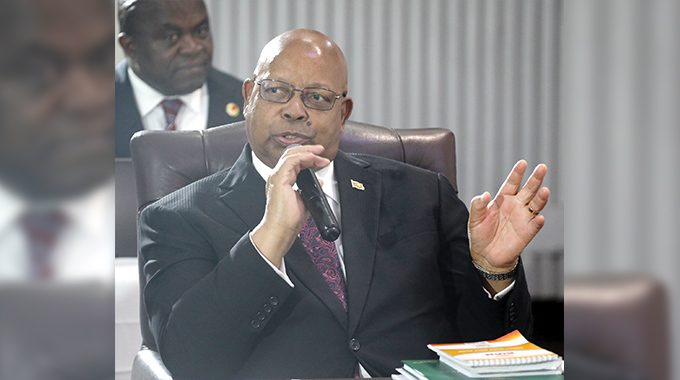
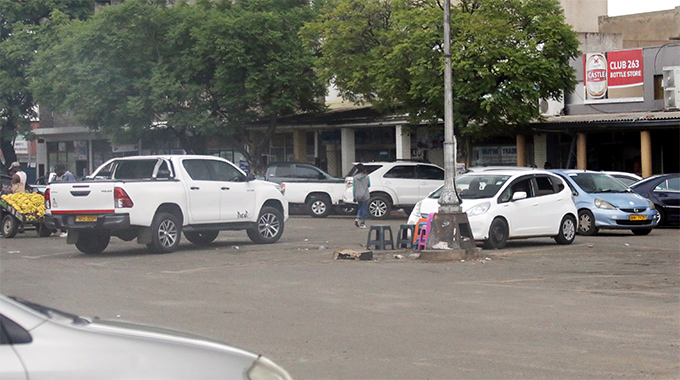






Comments